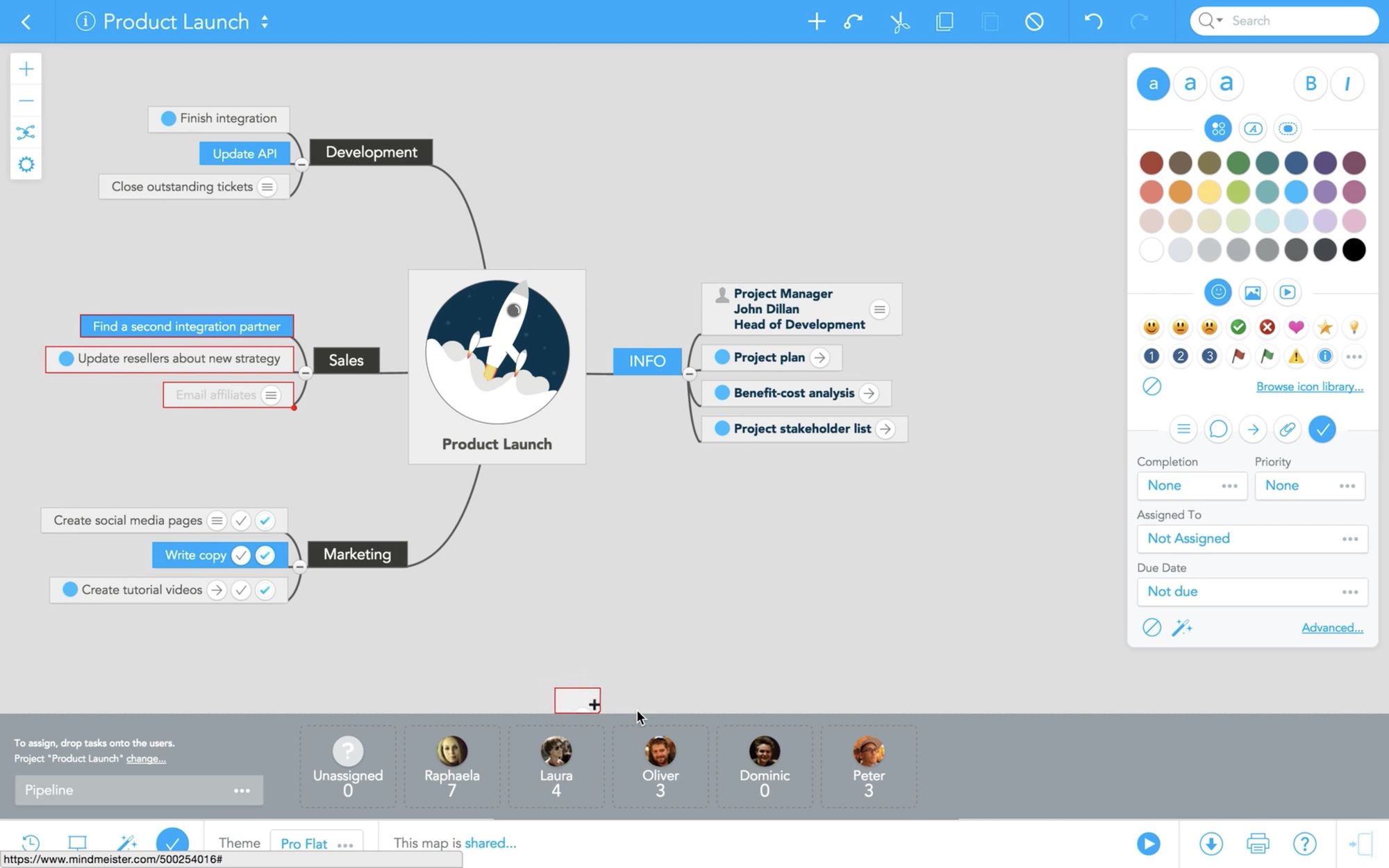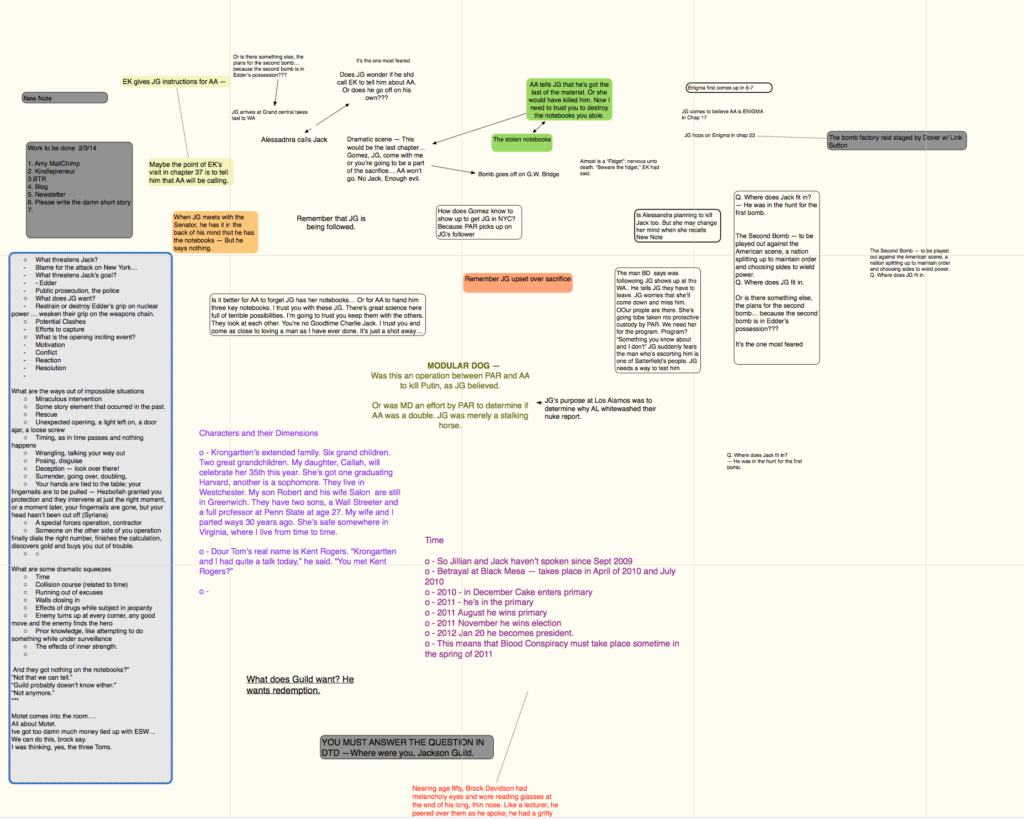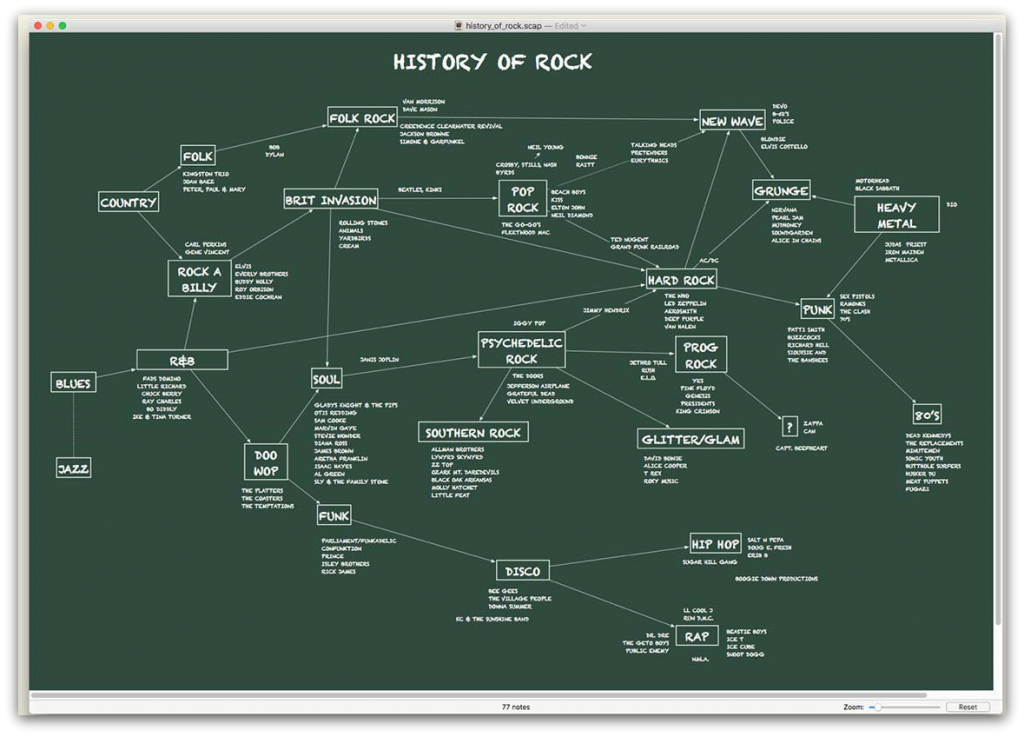

I’ve used mind maps for a few years now in writing the book.

Enter the mind map and tools to ease the task of creating one. That got me thinking if I couldn’t do better beyond just moving my character list and a brief sentence of their role in the book. Either way, it’s a good idea shared by some famous best sellers. I’m hoping its the former, not the latter. Since I cast a lot of characters in my stories, most of near-epic length, this is either a simple helpful suggestion or an indictment of too many characters. Recently, several of my readers have suggested that I locate my customary cast of characters page at the beginning of my books. Honestly, though, just under €20 for a perpetual licence is a bargain.An example of a visual ‘mind map’ created using Scappleįirst, why is a mind map important to an author, especially for long-form projects like a novel?
#Scapple mind map for free
To add to the polish, you can try Scapple for 30 days for free - 30 usage days that is, not calendar days, so if you use Scapple only once a week, the free version will last for the better part of a year. Even if what I connect and how I connect it - with single-sided or double directional arrows, or without arrows at all, in groups or stacked or as a jumbled mess - doesn’t make sense to anyone else but me, Scapple lets me do it - there’s no right or wrong in its book.Īnd best of all, when I’m done thinking, I can select the note bubbles I ultimately deem useful and drag them into Scrivener as documents where I can be my structured self again.
#Scapple mind map professional
The objective of its freeform approach clearly is to get out of your way so that you can focus on getting all of your ideas down, moving them around, and discovering and making connections as you go along.Īnd for the first time in my 25 years long professional life with a computer screen in front of me, that’s what I have been able to do with Scapple. But if you ask me what I would like it to be I can’t tell you, so I think it’s mainly a desire to procrastinate that makes me want more shapes to fool around with (although some dilly-dallying can lead to creative thoughts if you don’t let it go out of control).Īnd that’s not what Scapple is for, no matter how simple its approach is. I would have liked to be able to give my note bubbles a different design than the rounded or sharp cornered rectangle, the cloud or the jagged thing. That, by the way, is one minor criticism I have. You can change the design of the board and the bubbles in various ways but not too many as not to distract you too much from the main thing you want to do with Scapple, which is generating ideas and finding relationships between them or ways to manage the things they represent. And if you have made lists, you can import those as well with Scapple asking you if it should treat every new line as a note bubble.Įach note is represented by a bubble that can have several “designs” but by default is a round rectangular shape. Within the Scapple environment, a board that’s infinitely large, individual notes can be as long or short as you like, they can be images and PDFs too. To allow for free association, it’s important that it doesn’t force you to make connections, nor expect you to start with one central idea and branch everything else off that. What’s important, however, is that Scapple supports a creative process called free association. Some of them may be rubbish, some of them gold. Scapple is sort like the Scrivener cork board where you can write down - in Scrivener’s case on semi-structured cards - ideas as they pop up in your head.
#Scapple mind map plus
Even the nec plus ultra of mind mapping, MindManager, doesn’t allow you to just jot down ideas and thoughts, and later perhaps, maybe, connect those ideas together.Īnd that’s exactly what sets Scapple apart. That’s what most mind mapping apps are about. Or rather, I am not into visual stuff with connections being forced upon me. It works with connections and I’m not into connections. What’s different about Scapple? It’s visual and I’m not a visual person. And then I found Scapple from the creators of Scrivener and thought I might give it a shot. I resorted to using project management for a while but even OmniPlan is quite complex and overkill if you’re not a team. For some of my work, lists are woefully inadequate but as my brain isn’t mind-map wired, they will have to do.

If you’ve ever tried using a mind mapping app knowing that you aren’t the structured visualisation type of person, you’ll know that it’s a pain and often leads to more frustration and time loss than just writing a list of things to do and hoping for the best.


 0 kommentar(er)
0 kommentar(er)
